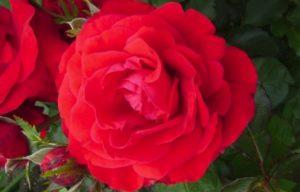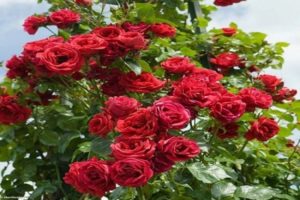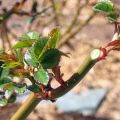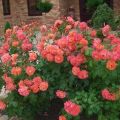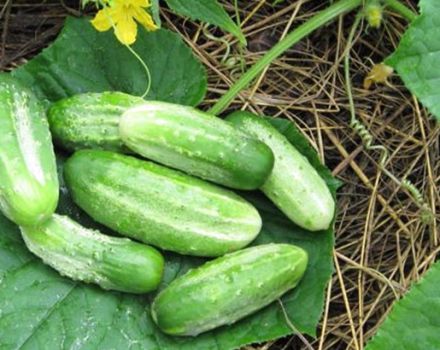When and how to properly prune roses, rules of care, feeding and watering
Organizing a beautiful garden is not an easy task. For example, some gardeners do not want to start growing roses at all because of stories about the capriciousness of these flowers. However, in reality, caring for them is not as difficult as it seems. Taking into account all the features, you can get a beautiful garden. The most popular question among gardeners is when to prune roses, which we suggest talking about next.
How to care for adult roses at different times of the year
Some budding gardeners are more likely to seek advice from friends, so common mistakes are passed on by word of mouth. To grow truly healthy and beautiful roses, you should only use the advice of specialists in this field.
Next, we propose to find out how to care for adult flowers in season
Fall
The main task that any grower faces in the autumn is to carry out activities aimed at stopping the growth of flowers in the aboveground parts. So, this is achieved by changing the composition of fertilizers. However, the first thing to do is prune the roses, which will make it easier to hide them for the winter. This is done in months such as September or October.
Shoots are shortened by half in such varieties of roses as floribunda, polyanthus, in hybrid tea species and miniature.
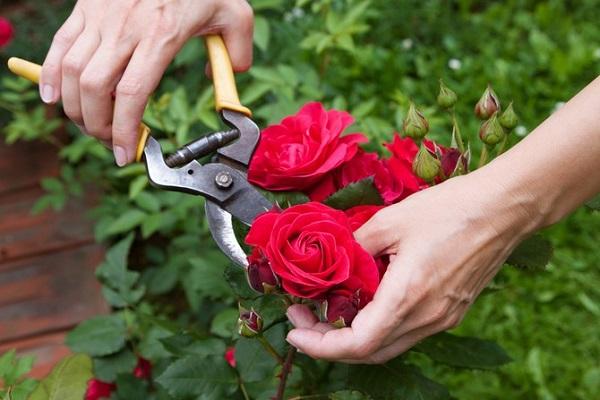
Shoots of climbing flowers are cut by a third, but if the roses have large flowers. Plants with small flowers do not need pruning. So, climbing roses also do not need to be shortened.
To prevent harmful microorganisms from entering the cut area, it is treated with wood ash or an antiseptic. After 14 days after the flowers are cut off, it is necessary to feed the flowers.
Spring
Spring care in dachas should start with the release of flowers from the shelter. This should be done gradually, after the snow begins to melt and the first rays of the sun appear, but not earlier than the first half of April.
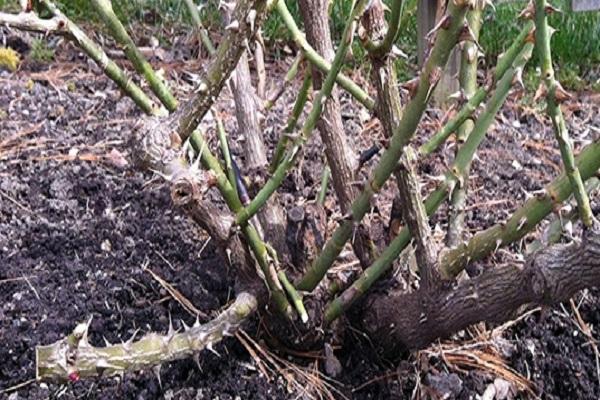
April is the ideal time to trim flowers, with damaged shoots removed completely. Places of cuts need to be processed with garden varnish. In addition, during this period, they are engaged in correcting the shape of the bush in order to give it aesthetics.
After sanitary pruning, top dressing is carried out. This should be done before the buds begin to bloom. The care ends with watering and mulching.
At the end, new supports are organized or old ones are restored. All wooden structures must be treated with protective equipment.

Summer
Summer care involves the same amount of work as in the spring. This situation occurs for the reason that roses bloom, and this takes a lot of energy from them, and climatic conditions also leave an imprint.
In order for the flowers to feel good, it is necessary to water, feed, prune in a timely manner, and also protect the plants, if necessary, from certain pests.
In the summer, pruning is done in months like July or August and involves arranging overly tall shoots that are knocked out of the composition. To continue flowering, you must remove the faded buds before they form fruit.
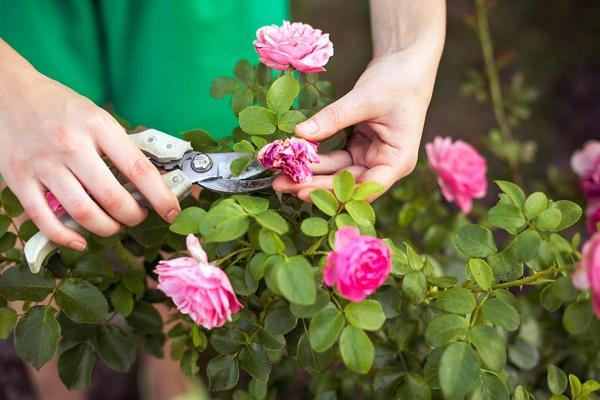
Winter
Before the snow starts, poisonous substances are spread near the rose bushes that will protect the flowers from mice. After snow falls, small drifts are made with the help of it directly above the shelter.
At the end of the season, hungry rodents can make their way into the shelter and break the integrity of the bark, so periodically the snow needs to be compacted around the bushes.
During the thaw period, the roses need to be ventilated, from time to time raising the covering material. It is worth fully opening the plants only when the frosts end and the ground thaws.
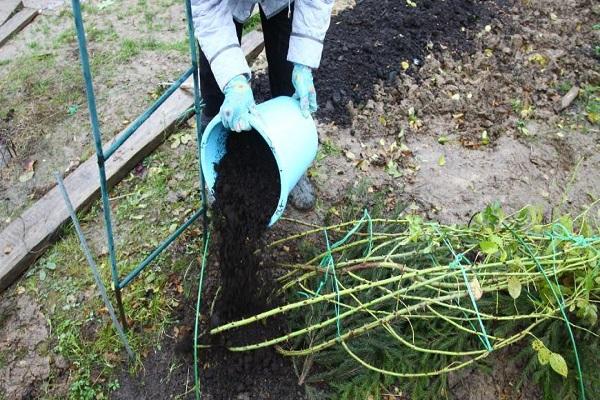
Plant preparation
From August (September), watering should be reduced, as the plant begins to prepare for winter. Abundant watering is needed just before hilling, after it is not advisable, the flowers will spend the winter easier in dry soil.
Shelter methods
Air-dry is considered a suitable type of shelter. For these purposes, shields of boards are placed over the bushes as a pitched roof. From above they are covered with a film that will create a greenhouse effect.
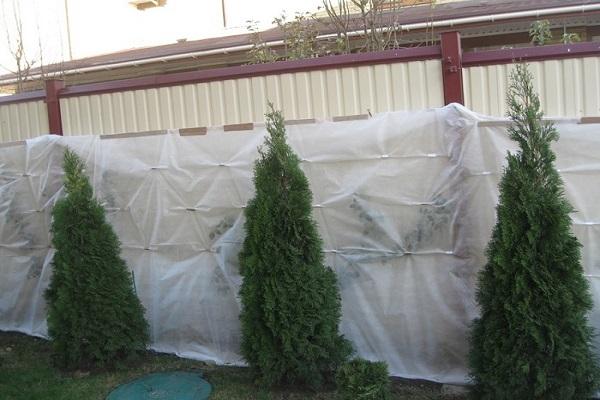
Features of caring for garden roses in the open field
In order to competently take care of young plants, you need to understand the nuances regarding the cultivation of certain varieties. So, for example, there are differences in what complex of measures should be carried out for bush and climbing roses.
Watering
If roses have been planted recently on the site, watering is carried out every two days. Spring watering is plentiful, but excess moisture can provoke certain diseases. In summer, flowers are watered twice a month, if the weather is not dry, otherwise abundant watering is organized.
Mulching
Mulching reduces the time it takes to loosen and weed the land, especially if the flowers are grown outdoors. The procedure is carried out after applying fertilizers. For mulch, take bark, dry grass or manure.
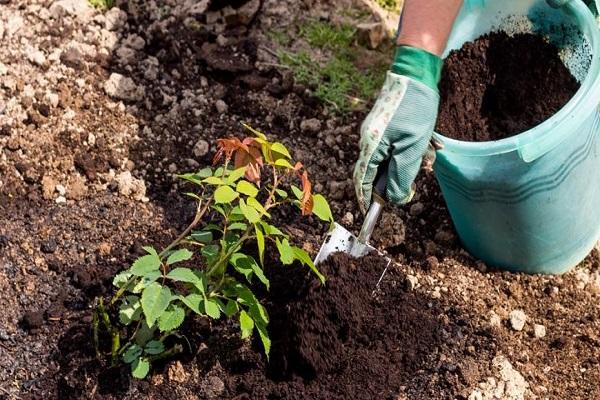
Top dressing of bushes
Top dressing is carried out after spring pruning, when the shrub is already sufficiently developed. Roses respond positively to any feeding. It is important to correctly calculate the dosage indicated on this or that fertilizer.
Organic fertilizers
In spring and at the beginning of summer, the best organic fertilizer is liquid manure infusion. In the second half of summer and autumn, wood ash is used.
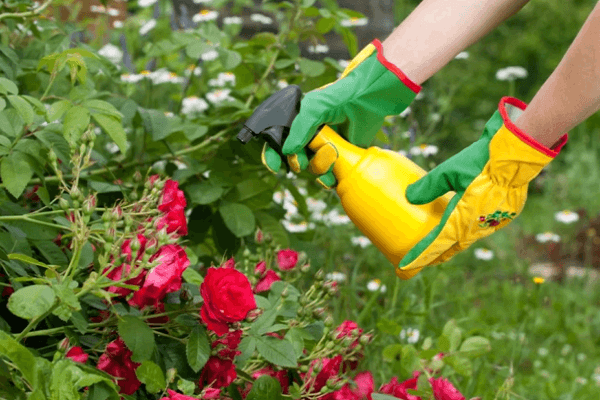
Mineral active dressing
Important ingredients that roses need:
- Nitrogen - promotes the growth of leaves and shoots. It is recommended to make it in the period from May to August.
- Potassium - promotes plant development. It is especially good to apply it at the moment of flowering. Introduced in June and October.
- Phosphorus - helps the rose to give strong shoots and develop strong roots. It is optimal to add phosphorus in June-September. This mineral supplement is absorbed by the rose exclusively together with potassium.
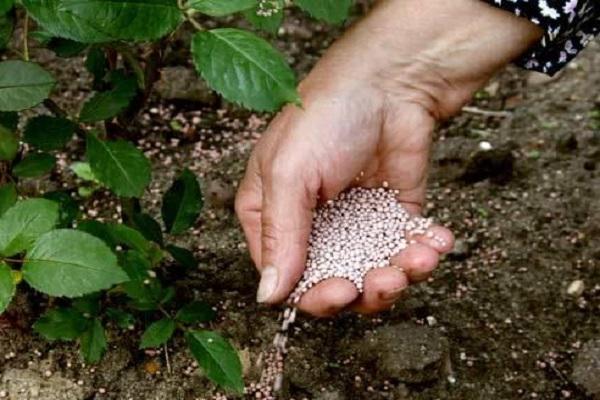
Forming and pruning a rose
There are several topical methods for pruning rose bushes in your personal garden. Typically, pruning is applied depending on the age of the plant, the species and the time (after or before flowering). Next, we propose to consider in detail the types of scraps.
- Sanitary. First of all, damaged branches are eliminated. Pruning is done from the side of the outer kidney.Held in the spring, after the shelter has been removed, in the summer and autumn.
- Formative. Allows you to give the bush an aesthetic look. This kind of pruning should be done during the first year of the rose's life. Basically, most flowers are sold with an already formed crown, without excess, but otherwise, as a rule, long branches are shortened. Formative pruning stops in August to allow the rose to bloom.
- Anti-aging. It is carried out so that roses bloom profusely and delight the eye for a long time. To do this, you need to get rid of old shoots until the moment when the young branch begins to grow. So, it is allowed to prune shoots that are more than 4 years old.
- Pruning for flowering. It is carried out to ensure proper flowering. It is done taking into account the age of the shoots.
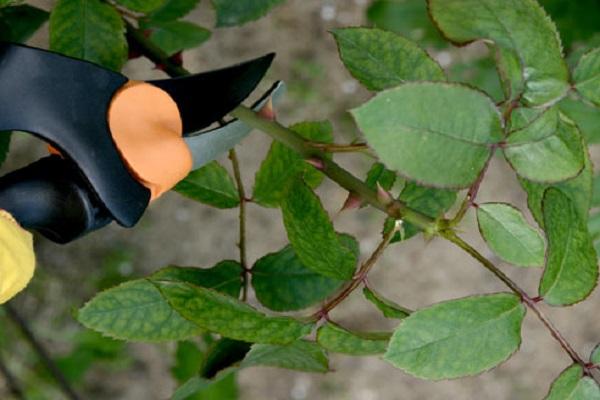
How to deal with diseases and pests?
If there are some conditions that negatively affect the growth of flowers, roses get sick. Basically, this is observed due to a lack or excess of moisture, lack of food or light.
It is easy to grow a healthy plant, as well as provide adequate protection against parasites, if you systematically resort to preventive measures.

Insect pests
Often the following pests affect the rose:
- Rose aphid - multiplies quickly, creating whole colonies on the bushes. This parasite drinks juice from the stem, as a result of which the rose dries up. By winter, the affected flower often dies. The problem can be solved by systematically processing roses with appropriate compositions.
- Spider mites - envelop the flower with cobwebs, drink the juice, disrupting the metabolism of the rose, which ultimately leads to leaf fall. As part of the fight against this pest, rose bushes are treated with appropriate medicines.
- Leaf rollers are caterpillars that eat rose leaves in spring. The elimination of pests occurs by self-removal of caterpillars from leaves or using special means.
- Click beetles are a type of parasite that eat not only the leaves, but also the stems of roses. They are destroyed by placing special means around the plant.
- Bronze and deer are pests that feed on flowering buds. They should simply be removed from the plants, and this should be done in the morning, since during this period they are motionless.
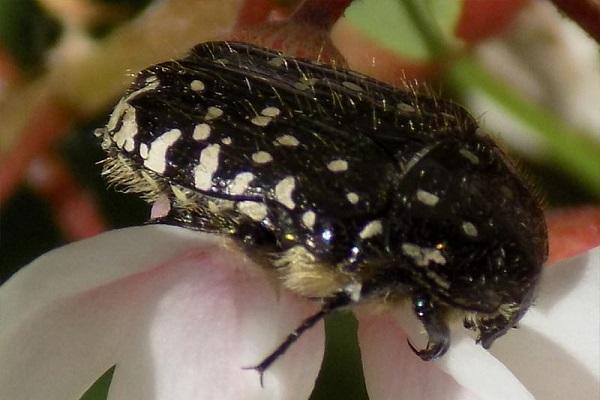
Flower diseases
As for flower diseases, the bushes can be subject to the following ailments:
- Powdery mildew - manifests itself in the appearance of white bloom on the leaves, which, mainly, occurs in the summer due to an excess of moisture in the soil. To solve the problem, the plant is removed from the affected areas, the earth is dug up, and the bushes are treated with special means, for example, vitriol for further protection.
- Chlorosis - manifests itself in case of iron deficiency. The leaves turn yellowish, turn pale and fall off over time. With this problem, it is recommended to treat the plant with the composition of copper sulfate.
- Rust - orange pads appear on plants. Treatment with soapy water will help in the fight.
